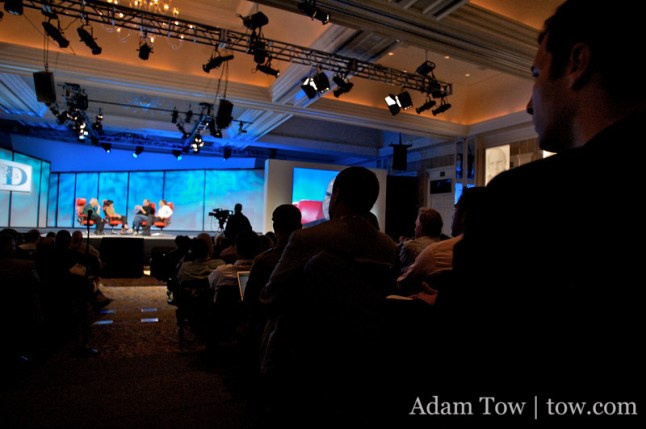The idea of a Twitter RT (Retweet) or sharing a blog post to Facebook is something so common today, that you don’t really need to explain to people why and when they should do it — it’s pretty natural. But is it as effective as it could be ?
I’ve been thinking about that and where all this sharing behavior is heading to as part of the big Social Media Week that’s happening in San Francisco right now.
The challenge I see with today’s sharing model falls into four buckets:
– Who do you share with? Most services are geared to sharing with your entire network, or require constant maintenance of groups/circles to keep things organized. I know personally that when I share certain WordPress/Automattic stuff I wish I could specify who sees it.
– Proliferation of sharing buttons on sites makes for a confusing user experience. Facebook, WordPress, Tumblr, Twitter, StumbleUpon, Path, LinkedIn, and the list goes on. How do you decide where to share, and how do you know you won’t need to recall your password and jump through several hoops to even make the sharing possible?
– Noise & data overload. Facebook and likely others soon, are empowering passive sharing through the Timeline and other features — so that what you are listening to right now on Spotify is automatically shared. I don’t think that scales, and at least right now — it missed the whole idea of having a filter.
– When to share? Are you RT’ing something from a day ago and it will be old news already ? How do you know your friends don’t already have this info ?
So my question is how do we make it better?
I don’t have all the answers, but I do see a few smart companies that are tackling these various challenges and making good progress. A few key ones are highlighted below:
– Smaller networks. If Facebook and Linkedin encourage you to grow your network to 5,000+ people, why not constrain the size of the network to up the quality ? That’s exactly what Path is doing with a cap of 150 people (up from the original 50) — and the feedback from my friends who use it is consistently “easy to do stuff in Path because I know exactly who is in my network”. What’s interesting is that by constraining the size of the network, you can achieve a higher signal to noise ratio — but also likely get people to share who would normally not do so on the larger social networks.
– Recommend who to share with. ContextLogic, is tackling this space with their ENGAGE product by personalizing the recommendations of who specifically in your network to share with. They are able to do this by interpreting the visitor’s social graph and pin pointing exactly that visitor’s 7 friends who would love to read that story about the new Tesla Model X SUV. A bunch of large publishers are using them now and seeing great results.(disclosure: I’m an Advisor)
– Optimize when and what to share. On the publisher side of things, SociaFlow is making a huge difference. Their tools help publishers optimize when to share on Facebook and Twiiter, and also what to share. If something big is buzzing, such as the untimely death of Whitney Houston the other day, SociaFlow can alert a publisher to a piece of content from their archive that is now worth pushing out to their audience.
Should be an interesting year for all these companies, and I see a larger context of human curation VS algorithms playing out in this space. My personal take is that machine smarts can get us 90% of the way, and then the remaining 10% is the human element leveraging the efficiencies of the algorithms to empower us to do things of higher quality. The goal should be less noise, better “aha” moments, and ultimately more time to spend off-line in the real world – not trying to consume 1000 data feeds from various networks.
37.774929
-122.419415



You must be logged in to post a comment.